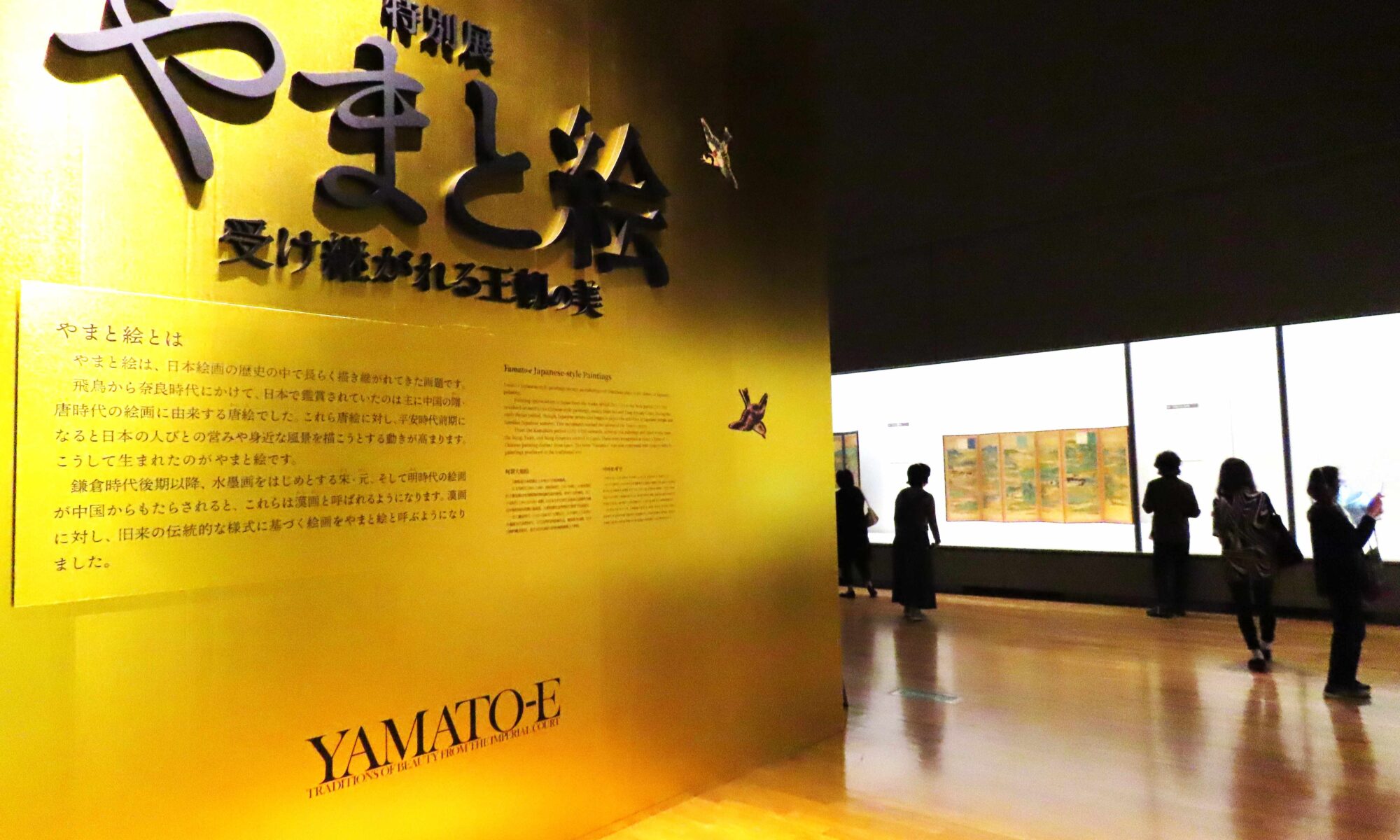Tokyo National Museum
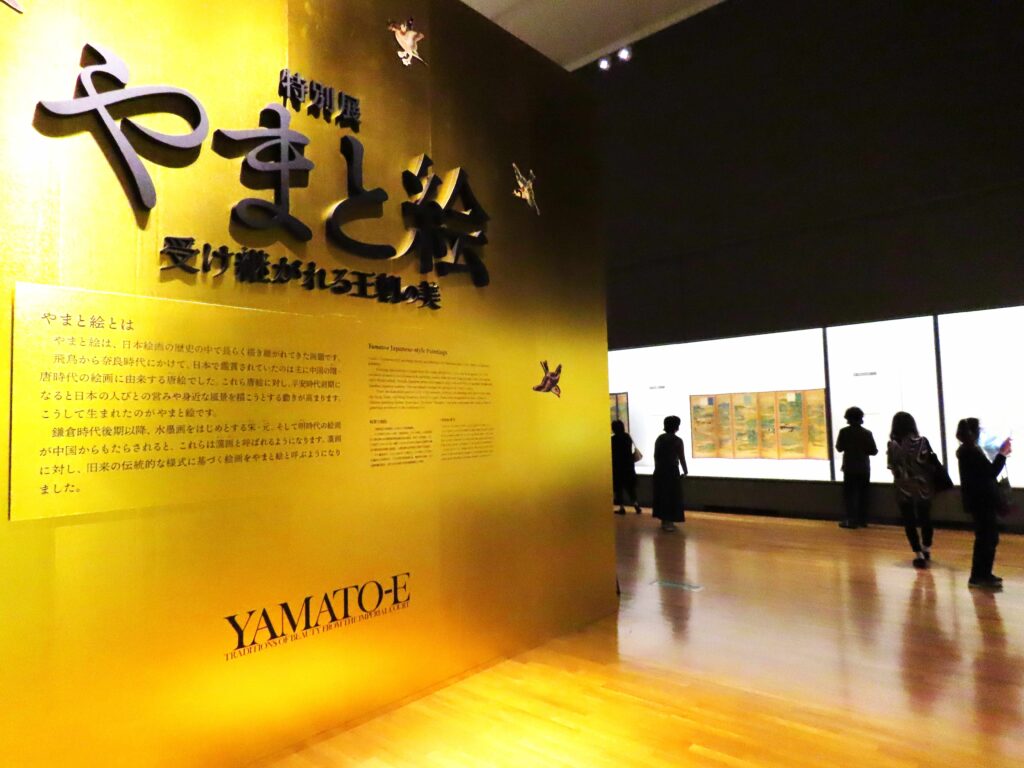
“Yamato-e” was established in the early Heian period and has been handed down through various changes.
The special exhibition “Yamato-e – The beauty of dynasties passed down through generations” to be held at the Tokyo National Museum traces the lineage of Yamato-e, which has always been innovative.
This article reports on the press preview held the day before the event.
What is Yamato-e?




The special exhibition “Yamato-e – The beauty of the dynasty passed down through generations” focuses on “Yamato-e,” which have been painted continuously since the Heian period.
However, what is interesting is that the concept of “Yamato-e” has changed greatly over time.
From the Heian period to the Kamakura period, works depicting Japanese landscapes and people were called “Yamato-e,” in contrast to “Kara-e,” which depicted Chinese themes, but after that, new Chinese paintings such as ink painting While paintings based on a style were called “Chinese paintings,” works based on the traditional style of previous generations were called “Yamato-e.”
In other words, “Yamato-e” has always existed as a counter-concept to paintings of foreign origin.
This exhibition introduces a carefully selected selection of “Yamato-e” paintings, which inherited the essence of dynastic beauty while constantly changing their form, especially from the Heian period to the Muromachi period.
Full of “actual textbooks” on Japanese art!
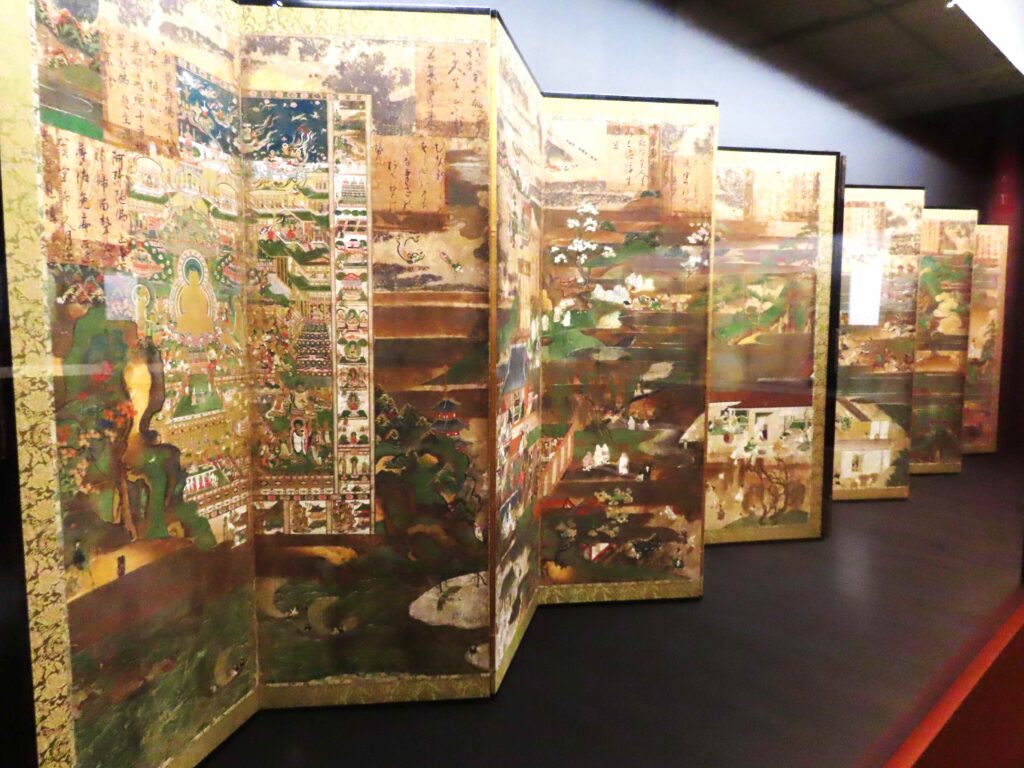

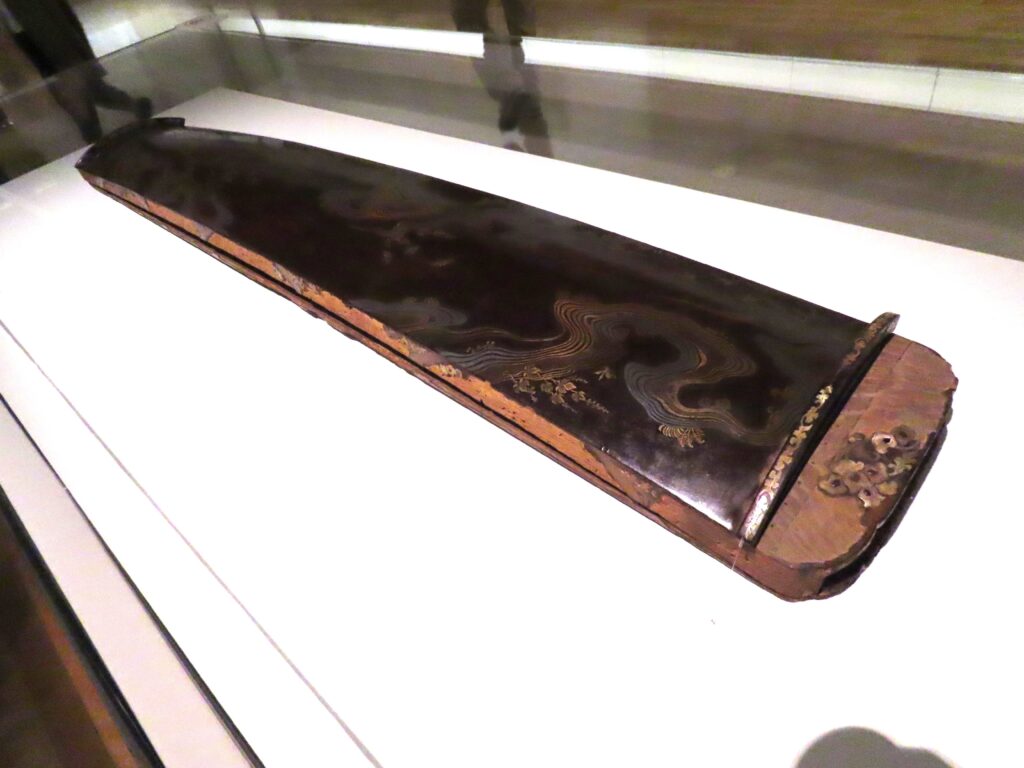

This exhibition consists of 6 chapters.
Prologue: Tradition and Innovation—Changes in Yamato-e painting—
Chapter 1: The establishment of Yamato-e—Heian period—
Chapter 2 New aspects of Yamato-e—Kamakura period—
Chapter 3: Maturation of Yamato-e—Nanbokucho and Muromachi periods—
Chapter 4 Genealogy of Imperial Court Paintings
Final chapter Yamato-e and the four seasons—The beauty of the dynasty inherited from generation to generation—
Through the works, you can experience the changes in Yamato-e, which has developed independently through repeated negotiations with the ideas and techniques of foreign art such as Kara-e and Chinese-style paintings, as well as the characteristics of each era.
This is the royal road to Japanese art! It is truly a sight to see textbook-like works, works that are familiar from art collections, etc. all coming together in one place.
More than 70% of the approximately 245 items in total are national treasures and important cultural properties, and the exhibition exhibits not only paintings but also many works from the same period that supported the aesthetic sense of Yamato-e, such as calligraphy and craft works.
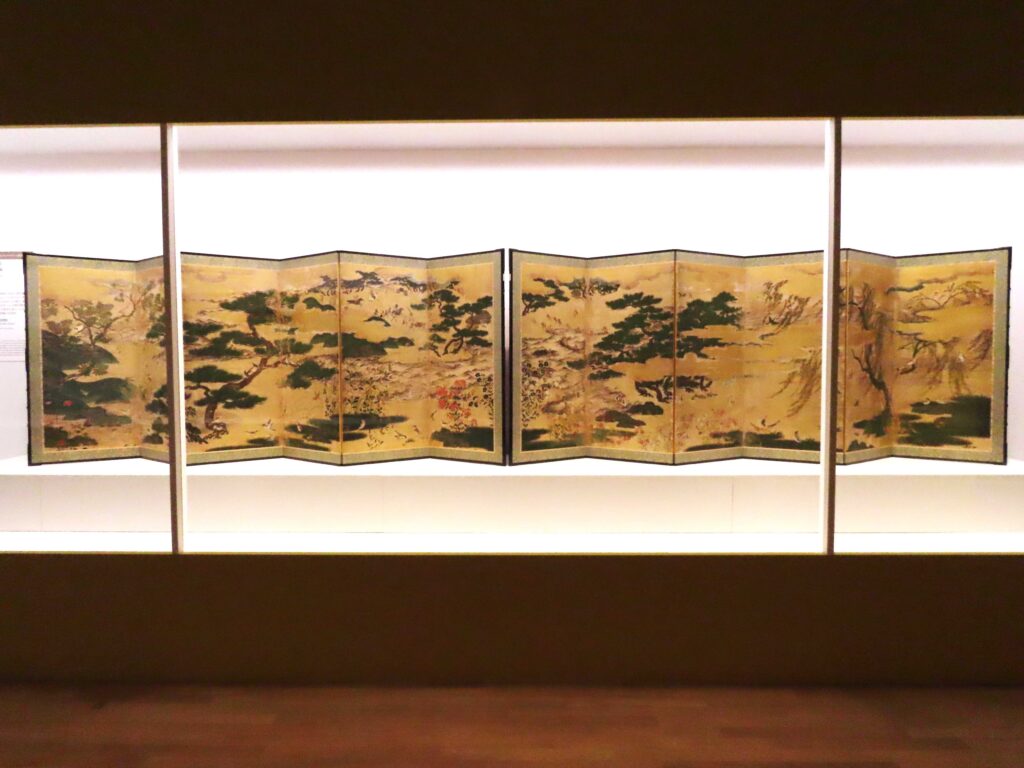
Among them, one of the works that is considered to be “highly recommended for this exhibition” is the Important Cultural Property “Hamamatsu Folding Screen” (owned by the Tokyo National Museum), which is renowned as one of the finest Yamato paintings from the Muromachi period.
This is a masterpiece that gives a very lively impression, with many flowers, trees, plants, and birds superimposed on a dazzling beach landscape, representing the changing seasons from right to left. It is said to be the “ultimate Yamato-e” that brings together various elements of ancient and medieval Yamato-e.
If you actually look at it up close, the entire painting appears to be emitting a dull glow, but this is apparently due to a technique unique to Yamato-e from the Muromachi period, in which mica (a layered silicate mineral) is swept over the base. is. It shines like the twilight of a moonlit night, unlike the later Azuchi-Momoyama period, which emphasized gold. Somehow, you can feel a part of the Japanese’s profound sense of beauty.
The best masterpieces in the history of Japanese emaki, the “Four Great Emaki” are gathered together.
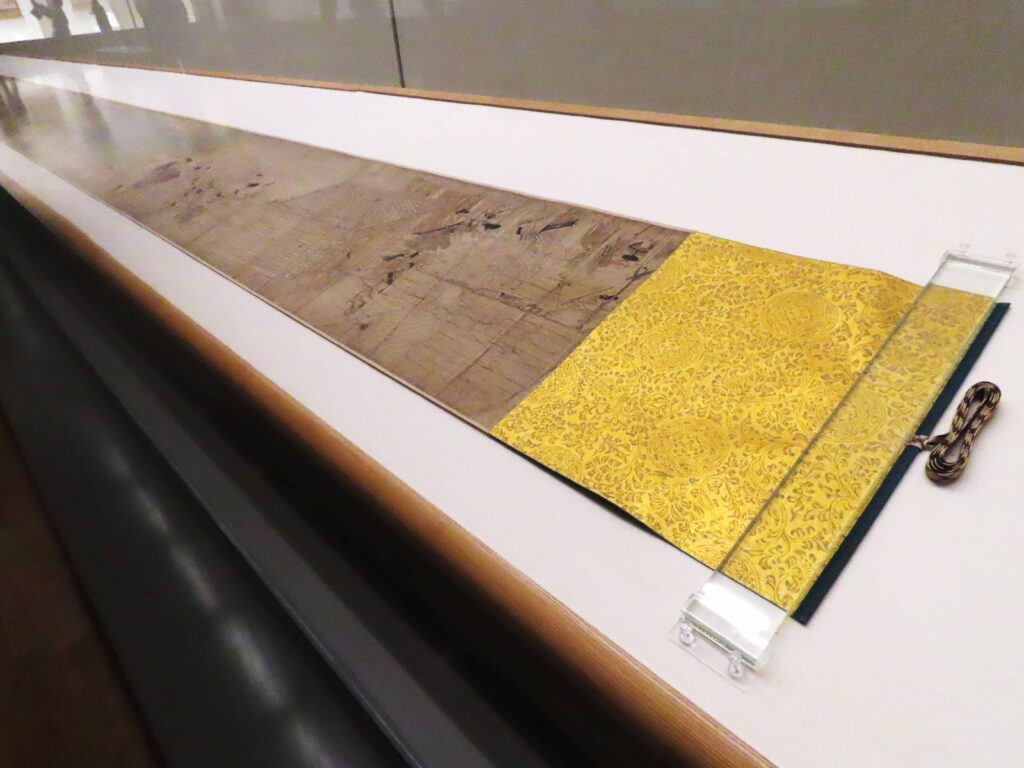
Furthermore, among the many picture scrolls, the “Four Great Picture Scrolls”, which were produced at the end of the Heian period, are famous as the greatest masterpieces.
This exhibition will feature The Tale of Genji Emaki, the oldest and greatest dynastic tale emaki in existence, as well as Shigisan Engi Emaki, Ban Dainagon Emaki , and the famous Choju-giga (all national treasures). We will all meet.
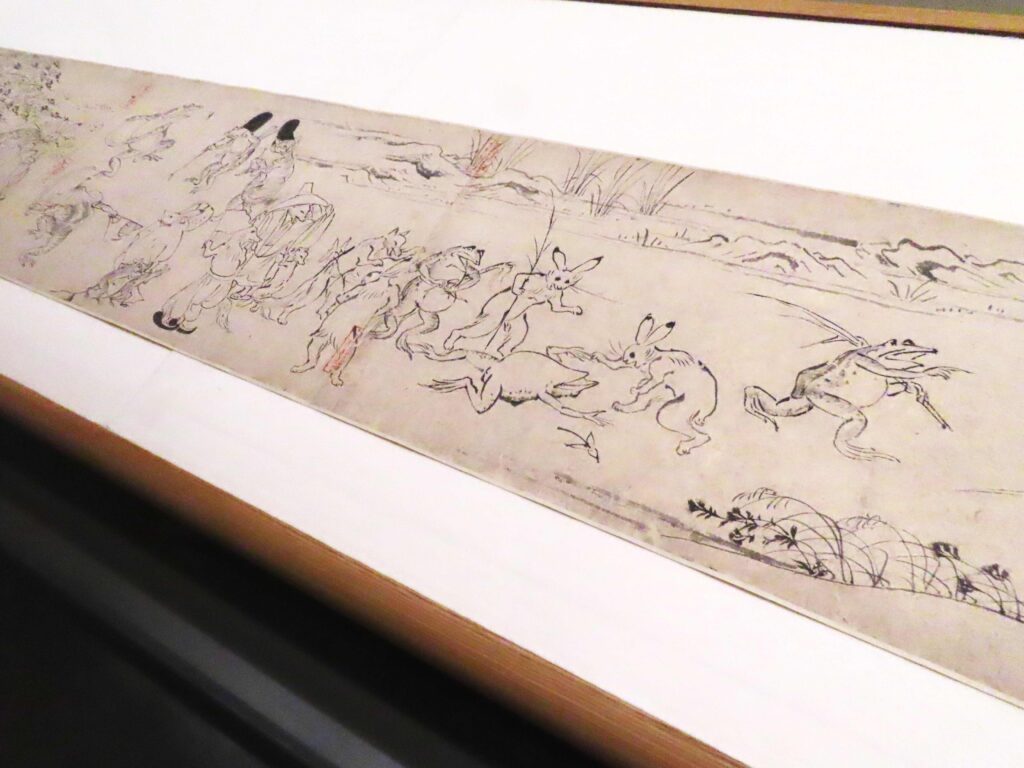
This is one of the four great picture scrolls, a national treasure called Choju-giga (Kyoto, Kozanji temple collection). I have a strong memory of the extremely crowded Choju-Giga Exhibition held at the Tokyo National Museum in 2015, and this work has been loved by many people for its humorous and cute nature.
The changing of the four seasons, monthly events, flowers, birds, landscapes, and various stories…Yamato-e have depicted all kinds of themes, but the dynamic animals depicted in this Choju-giga are one of them. Among them, it stands out.

This exhibition has four exhibition periods (① October 11th (Wednesday) – October 22nd (Sunday) ➁ October 24th (Tuesday) – November 5th (Sunday) ③ November 7th (Tuesday) – 19th (Sunday) ④ November 21st (Tuesday) – The exhibition will be changed according to December 3rd (Sunday), but the four major picture scrolls will be gathered together for the first time in 30 years from October 11th to 22nd.
In addition to this period, the three major decorative sutras (Kunōji sutra, Heikeno sutra, Jikoji sutra) and the three statues of Jingoji temple, which are known as masterpieces of Yamato-e portraits (Den Yoritomo statue, Den Taira Shigemori statue, and Den Fujiwara no Kōyō statue) There are many notable works, including ancient and medieval masterpieces such as (all national treasures) appearing one after another.
Takahiro Tsuchiya, head of the Painting and Sculpture Department at the Tokyo National Museum’s Curatorial Research Department, who was in charge of this exhibition, said, “This is an exhibition with so many works that an exhibition could be completed even if there were less than half the number of works. I think you’ll be able to see more works as the exhibits change.I hope you’ll visit the venue again and again.”
was said to the audience.
The world of “Yamato-e” has been passed down and changed over the course of more than a thousand years.
Please feel free to visit the venue and take a look.
*For the exhibition period of each work, please see the “Exhibition Catalog” on the official website .
Event overview
| Period | October 11th (Wednesday) – December 3rd (Sunday), 2023 *Some works may be displayed or reprinted during the exhibition period. |
| venue | Tokyo National Museum Heiseikan (Ueno Park) |
| Opening hours | 9:30-17:00 *Open until 8:00 p.m. on Fridays and Saturdays (closes at 5:00 p.m. for general cultural exhibitions; however, from November 3rd (Friday/holiday), the museum will close at 7:00 p.m. on Fridays and Saturdays) *Last entry is 60 minutes before closing. |
| closing day | Mondays *However, only this exhibition will be open on November 27th (Monday) |
| Viewing fee (tax included) | General: 2,100 yen University students: 1,300 yen High school students: 900 yen *Advance reservations required (Saturdays, Sundays, and holidays only) (specify date and time) *During busy times, you may have to wait to enter. *Free for junior high school students and under. However, advance reservations are required on Saturdays, Sundays, and holidays. Please present your student ID when entering the museum. *Free admission for people with disabilities and one caregiver. Advance reservations are not required on Saturdays, Sundays, and holidays. Please present your disability certificate when entering the facility. *With this exhibition ticket, you can also view the general cultural exhibition only on the day of viewing. (Note) For details, please check the ticket information page of the exhibition official website. |
| Sponsored by | Tokyo National Museum, NHK, NHK Promotion, Yomiuri Shimbun |
| inquiry | 050-5541-8600 (Hello Dial) |
| Exhibition official website | https://yamatoe2023.jp/ |
*The contents of the article are as of the time of interview. Please check the official exhibition website for details as the information may differ from the latest information. Additionally, the works featured in this article may have already been exhibited.


